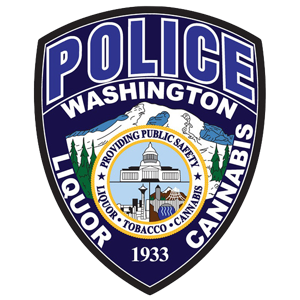The Washington State Liquor and Cannabis Board (WSLCB) planned to host a Listen and Learn forum about draft conceptual rules regarding the voluntary marijuana licensee consultation and education program.
As you may recall, the Board began to consider revisions to existing enforcement guidelines by initiating a formal rule inquiry under in October, 2018. Those efforts were extended by the passage of Engrossed Substitute Senate Bill (ESSB) 5318 during the 2019 regular session of the Washington State legislature, and a completely redesigned penalty rule framework was adopted on January 22, 2020.
ESSB 5318 emphasized a strong focus on compliance, education, and enforcement in the oversight of the regulated marijuana market. The bill mandated that in addition to revising existing penalty rules, that the Board adopt rules to perfect and expand existing programs for compliance education for licensed marijuana businesses and their employees. The program must include recommendations on abating violations described in chapter 69.50 RCW, and be developed in consultation with licensees and their employees. The Board approved the filing of a CR101 on July 17, 2019 as WSR 19-15-074 to begin this work.
WSLCB solicited input from licensees at two meetings to develop the draft conceptual rules we’ll be discussing during this Listen and Learn session. These draft conceptual rules reflect an engaged and inclusive developmental process that embodies not only WSLCB’s commitment to regulatory stability and consistency, but the intent of ESSB 5318, and the input of licensees.
